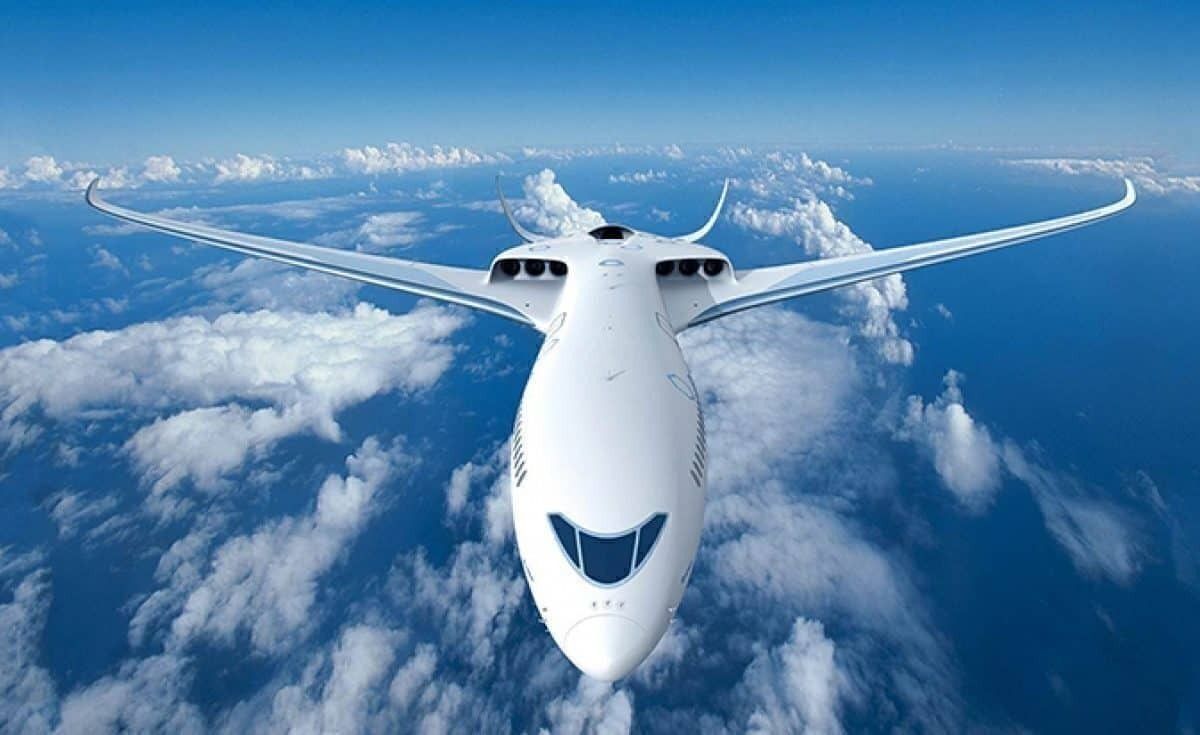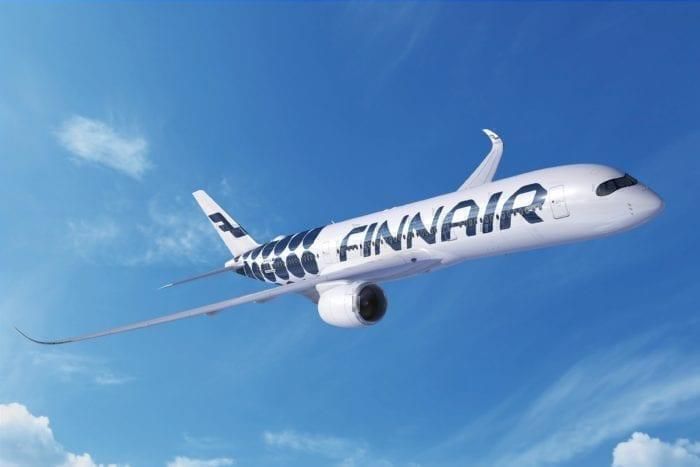Both Finnair and SAS have joined together, along with nine other partners, to accelerate the development of electric aviation. Under the umbrella of the Nordic Network for Electric Aviation, the partners plan to work together to build knowledge and cooperation in the sector.
Maria Fiskerud, project manager for The Nordic Network for Electric Aviation (NEA) commented in a press release,
“We will be a Nordic network that works with both infrastructure, industry issues and new business models.”
There are currently 11 members of the NEA, working together on four key focus areas. These include setting a standard for the infrastructure for electric aircraft, developing business models, developing technology specific to a Nordic climate and establishing cooperation on a European and regional level.
The NEA network
The Nordic Network for Electric Aviation has been launched to drive the development of electric aircraft. The project is funded by Nordic Innovation, a funding stream overseen by the Nordic Council of Ministers, and aims to gather together all the major players in the field of electric aviation.
The NEA network plans to develop workshops and other events to help boost the understanding of electric aircraft. These events will also serve the purpose of developing relationships between the different entities who could be involved in the delivery of such innovations.
Right now, the network boasts 11 members. These are Air Greenland, Braathens Regional Airlines (BRA), El-fly AS, Heart Aerospace, Avinor, RISE, Nordic Innovation Sustainable Aviation (NISA) and Iceland Air, as well as its two newest members, SAS and Finnair.
SAS makes its green credentials clear
Scandinavian airline SAS is in the midst of something of a transformation. With its new, more efficient A350 due to arrive at the carrier by the end of this year, the airline is clearly keen to invest in reducing is impact on the environment.
Lars Andersen Resare, Sustainability Manager at SAS commented on the NEA network, saying,
“The transition to a long-term sustainable flight is an existential issue for us. That is why it is important for us to share knowledge with other actors to accelerate the development of commercial electric aircraft.”
The airline has been involved in a number of other green initiatives, including allowing passengers to purchase biofuel for as little as €10, and cutting out duty free on board to save weight.
Finnair stands by the electric revolution
While Finnair has been less prolific in terms of green activities, its general standing within the European and worldwide aviation industry has been on the rise. Well-positioned to take advantage of making connections between Europe and Asia, Finnair has worked hard to become a well-regarded player in the full service market, boosting capacity and investing in new planes to take a bite out of the competition.
Jaakko Schildt, Chief Operating Officer at Finnair, commented on the partnership in a media release, saying,
“Technological innovations are key in solving aviation’s CO2 emission challenge. In this project we are concretely creating the future of electric aviation, together, and taking an important step towards carbon-neutral flying.”
While the reality of an electric commercial aircraft is still a long way off (perhaps impossible, as I’m sure some of our commenters will be keen to point out), it’s encouraging to see airlines and suppliers collaborating in this way to solve one of the biggest problems facing aviation today.



